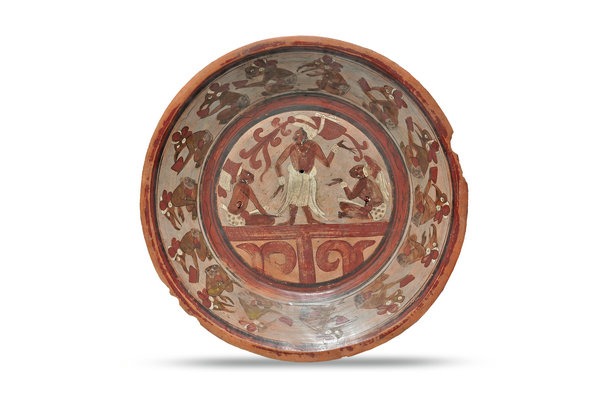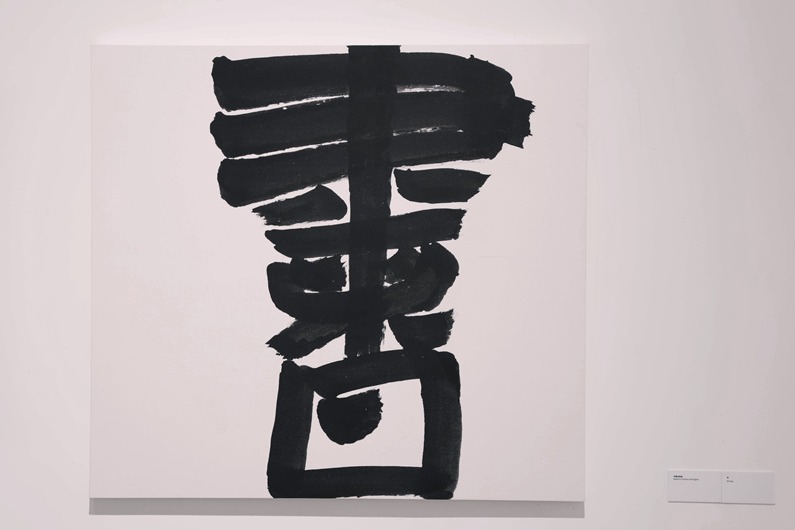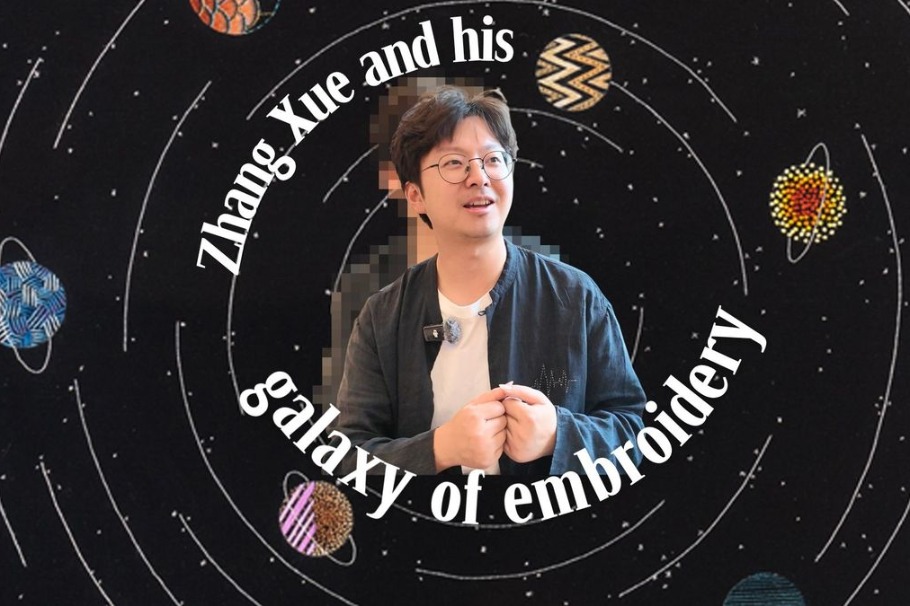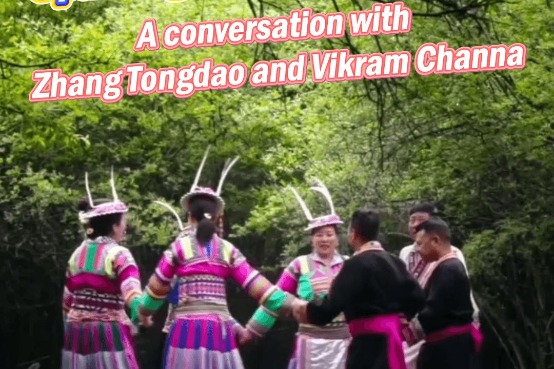Reimagined Turandot dazzles in Xi'an


As the ethereal strains of the Chinese folk song Jasmine Flower intertwine with the soaring tenor of Nessun Dorma, the opera Turandot reaches a breathtaking climax, leaving 1,500 audience members in rapturous applause.
On Nov 9, a reimagined version of Puccini's renowned opera was staged at the Shaanxi Opera House in Xi'an, capital of Northwest China's Shaanxi province, marking the finale of the 25-day 11th Silk Road International Arts Festival.
Regarded as one of the world's greatest operas, Turandot tells the story of a beautiful Chinese princess who decrees that any prince wishing to marry her must solve three riddles, with failure punishable by death.
In this production, Italian tenor Marco Berti took on the role of Calaf, a Tartar prince who ultimately melts the princess' icy heart with love.
"Turandot was born from Westerners' curiosity about China. Puccini never visited China in his lifetime, yet the Chinese folk song Jasmine Flower became his point of reference for understanding the country and was used as a central motif for the heroine Turandot," Berti says.
According to him, Turandot is a point of connection between the West and the East. "The opera blends delicate Chinese melodies with references to Chinese rituals in ancient times, creating an atmosphere that allows Western audiences to feel the essence of Chinese history and culture. For Chinese audiences, it introduces Western operatic conventions and symphonic traditions," he says.
"For years, Turandot has been an iconic example of cultural exchanges between China and Italy, and that's why we decided to rearrange it this time," says Wang Wentao, project manager of the opera at the Shaanxi Opera House.
Wang says that the theater opened in 2017 with a self-produced performance of Turandot. Unlike some Westernized versions that emphasize exoticism, this production aimed to highlight Eastern culture.
The production team designed costumes and sets to showcase Chinese cultural elements, incorporating traditional Qinqiang Opera, a folk genre dating back to the Western Zhou Dynasty (c. 11th century-771 BC), alongside ornamental patterns characteristic of the Tang Dynasty (618-907).

Lorenzo Nencini, the Italian director of this production, emphasizes that he views Turandot more as a fairy tale than a realistic drama. While staying true to the original score, he incorporated projections and vibrant costumes to create a fantastical world seen through a child's eyes. For instance, at the start of the second act, the three ministers — Ping, Pang and Pong — are depicted playing on a seesaw and a wooden horse.
"Every production is a different adventure," says Nencini, who has previously worked on two other versions of Turandot.
Next year will mark the 100th anniversary of Turandot's debut. As one of the most frequently performed operas worldwide, its enduring appeal lies in its captivating melodies, elegant lyrics, Eastern charm, celebration of love, and much more.
"What's always interesting about masterpieces is that you can really look into them and find new things, just as directors with different backgrounds will bring various endings to the story," says Nencini, adding that the opera's popularity shows how music can transcend cultures and resonate with people across eras and countries, with younger generations finding their own way to embrace it alongside older audiences.





































